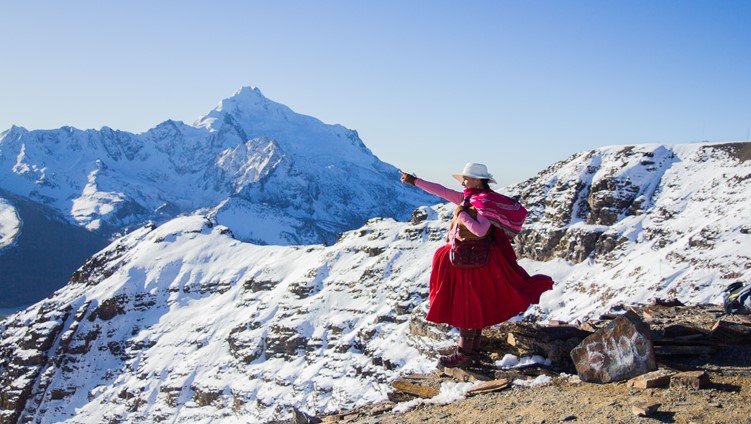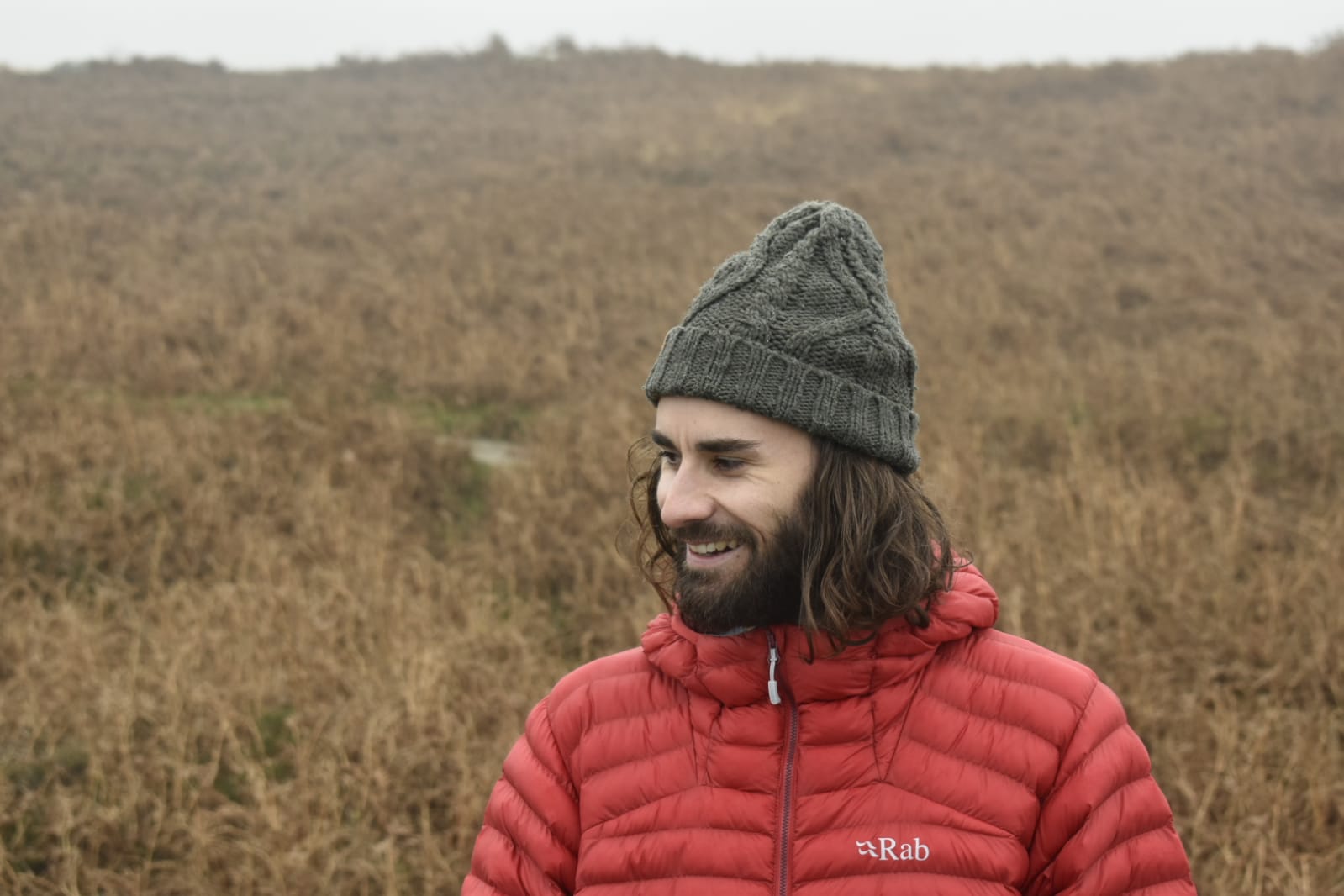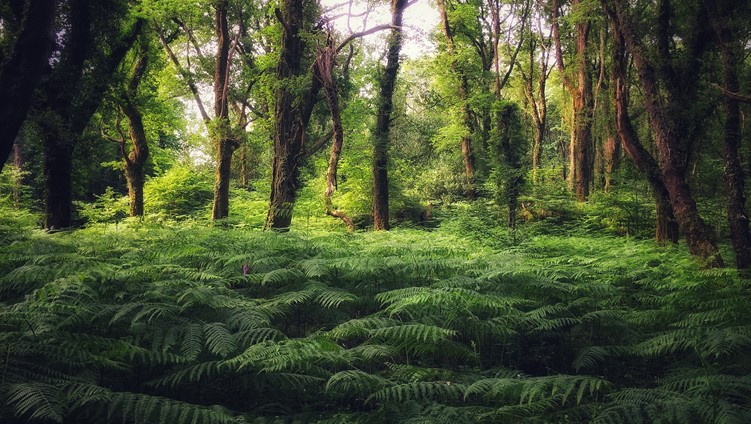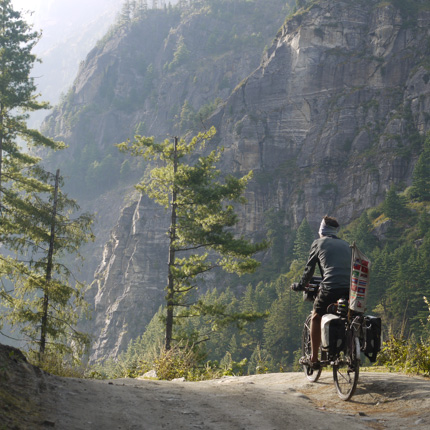
I grew up in East Harling, a pleasant village in southwest Norfolk. Geographically, Norfolk is most neatly described as ‘out of the way’ - en route only to other parts of itself.
This translates into a cultural out-of-the-wayness, too. Around half of British people I meet aren’t sure where Norfolk is, but know of it vaguely via snippets of conversation or media coverage. The four most common, in order of precedence, are: Alan Partridge, farmland, a drunken Delia Smith and (jokes about) incest. ‘Out of the way’ easily becomes ‘backwards’ under these conditions.
Norfolk’s place in the UK’s geographic and cultural landscape is important, because it infuses the feeling of going for a Norfolk adventure. Two places spring to mind that capture this feeling in different ways.
'Around half of British people I meet aren’t sure where Norfolk is, but know of it vaguely via snippets of conversation or media coverage. The four most common, in order of precedence, are: Alan Partridge, farmland, a drunken Delia Smith and (jokes about) incest.'
The first is a wild swimming spot created where the river Waveney widens into a deep pool as it meanders around Outney Common, near Bungay. The odd pair of swans drifts past, possibly trailed by a cheeping string of cygnets. Cows graze their way around the common in a slow, rhythmic loop, stopping to moo and stare. Until recently there was a rope swing requiring a climb and a shimmy out along an overhanging bough, but mostly this is a place to dip and then recline on the thick grass between the cowpats.
The out-of-the-way feeling this place offers is not remoteness or wildness (it isn’t far from a sizeable road and a campsite), but the sense of being happily ensnared in a half-forgotten tangle of hedgerows and fields - especially if approaching by water in the overgrown summer. For me this is the quintessential Norfolk environment: a dense rural patchwork with no hills to escape the undergrowth and no desire to do so anyhow.

'Until recently there was a rope swing requiring a climb and a shimmy out along an overhanging bough, but mostly this is a place to dip and then recline on the thick grass between the cowpats.'
The second place in mind is the sweeping beach at Holkham Bay, between Wells-next-the-Sea and Burnham Overy Staithe. This is not far from Blakeney Point to the east, where 3,000 grey and common seal pups are born each year -England’s largest colony. The beach is backed by a small but delicious pine forest and, at the eastern end, a long row of multicoloured beach huts. I remember caravan trips here with my grandma, playing in the forest and the dunes and catching and re-releasing hundreds of crabs. Whenever I return the magic of those holidays is rekindled.
For me this coastline is Norfolk’s other iconic landscape. But its out-of-the-way feeling is different - more remote, gazing as it does into the North Sea. But it is not just geographically that these are marginal places. Although this northern stretch of coast is relatively affluent, other sections are suffering from coastal erosion and social decline and deprivation. Norfolk may be out of the way, but it is no different in that the fate of its landscapes and its people are entwined.
Keep exploring









